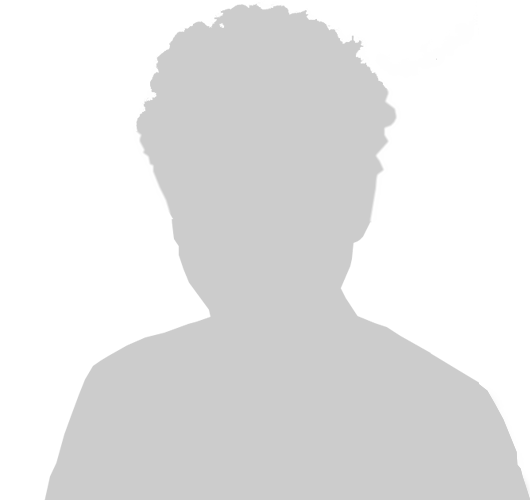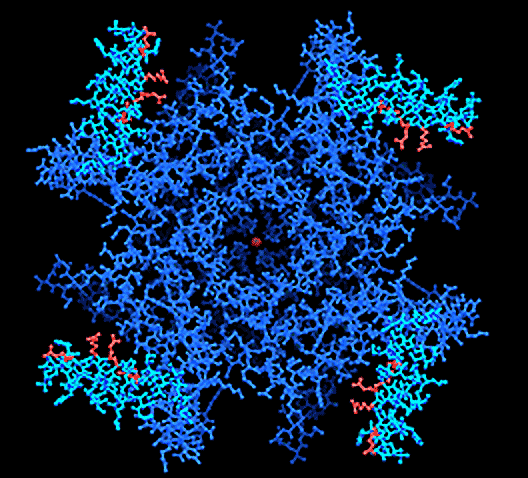2003
Nobel Prize in Chemistry
Roderick MacKinnon, M.D., a visiting researcher at Brookhaven National Laboratory, won one half of the 2003 Nobel Prize in Chemistry for work explaining how a class of proteins helps to generate nerve impulses — the electrical activity that underlies all movement, sensation, and perhaps even thought.

The Chemistry of the Cell
Roderick MacKinnon, M.D., a visiting researcher at Brookhaven National Laboratory, won one half of the 2003 Nobel Prize in Chemistry for work explaining how a class of proteins helps to generate nerve impulses — the electrical activity that underlies all movement, sensation, and perhaps even thought. The work leading to the prize was done primarily at the Cornell High Energy Synchrotron Source and the National Synchrotron Light Source at Brookhaven.
The proteins, called ion channels, are tiny pores that stud the surface of all of our cells. These channels allow the passage of potassium, calcium, sodium, and chloride molecules called ions. Rapid-fire opening and closing of these channels releases ions, moving electrical impulses from the brain in a wave to their destination in the body.
Starting in 1998, after 10 years studying the biophysics of ion channels, MacKinnon published a series of structural solutions — high-resolution molecular-level "snapshots" of ion channels, produced at Cornell and Brookhaven. These structures literally showed the scientific community how electrical signaling occurs.
MacKinnon, a biophysicist and self-taught x-ray crystallographer, is a professor at Rockefeller University and an investigator at the Howard Hughes Medical Institute. He shares this year's chemistry Nobel with Peter Agre, M.D., of Johns Hopkins University School of Medicine.

Overhead view of a voltage-dependent potassium ion channel shows four red-tipped "paddles" that open and close in response to positive and negative charges. This structure showed for the first time the mechanism by which potassium ions are allowed in and out of living cells during a muscle or nerve impulse.


